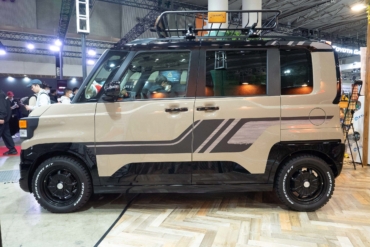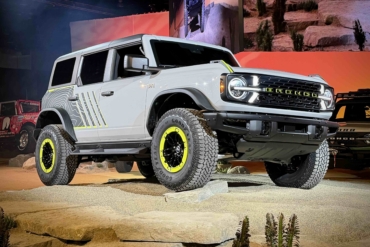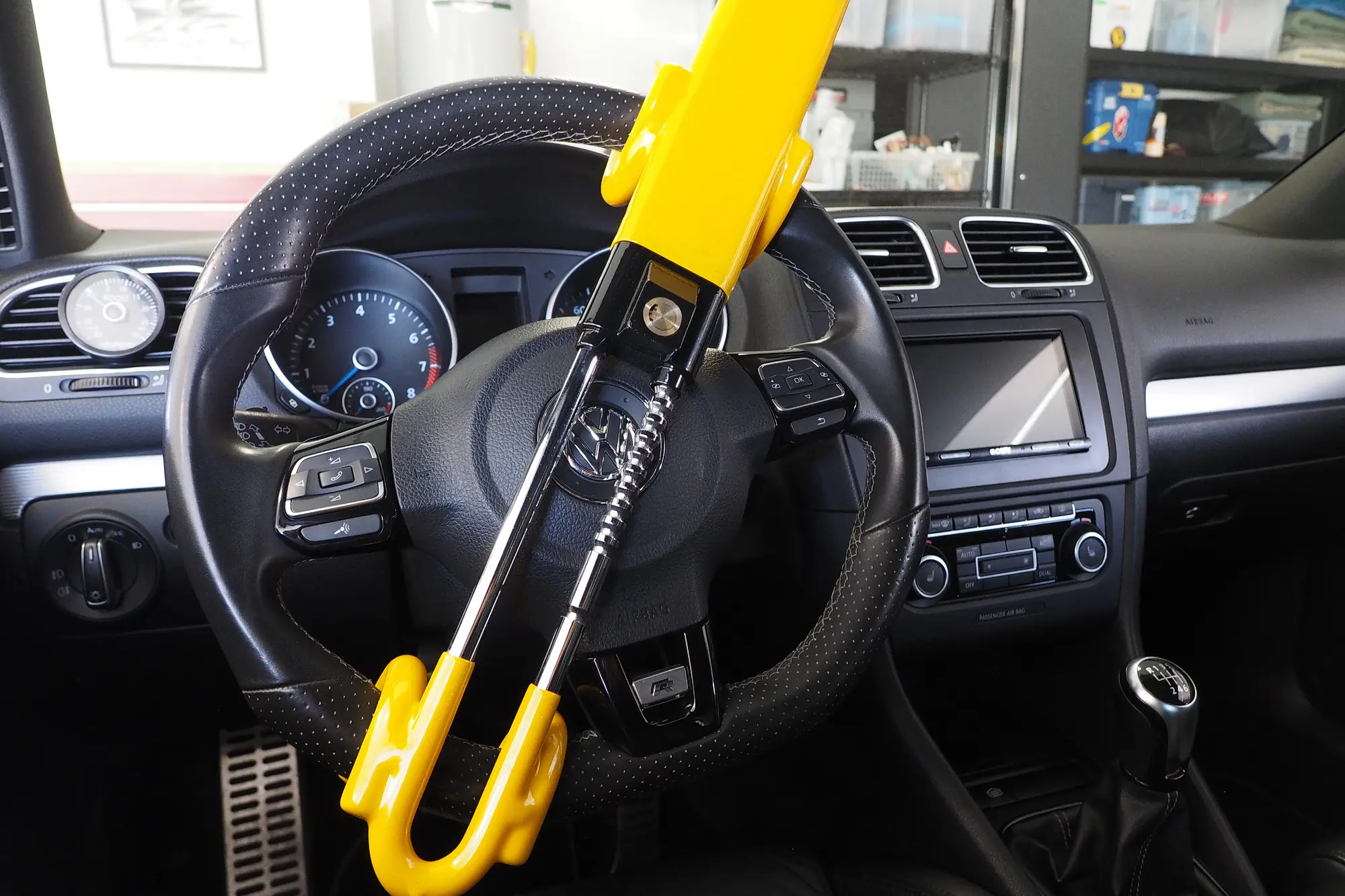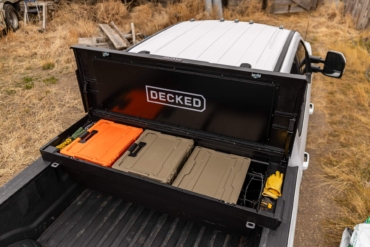So you’re ready to buy an adventure vehicle. It’s got to fit your needs and your budget, and it has to be 4WD (four-wheel-drive), right? Or does it need to be AWD (all-wheel-drive)?
Believe it or not, these are different drivetrains. While they’ll both turn all four wheels, they do it differently, and their capabilities are different, too.
So, let’s look at 4WD versus AWD and how to choose which is right for your adventure rig.
How 4WD Works: Durable, Capable — With Limitations
When it comes to powering all four wheels on a vehicle, the 4WD drivetrain came first and is somewhat simpler compared to AWD. These drivetrains are usually robust and up to the task of towing, off-roading, and carrying more cargo capacity.
This sort of system is found on the vast majority of pickup trucks, truck-based SUVs (versus crossovers), and some van platforms. Four-wheel-drive systems are often only turning all four wheels part of the time, meaning the vehicle is typically in two-wheel drive (2WD) and has to be shifted — either manually by a lever, dial, or button — into 4WD.
Most, if not all, part-time 4WD vehicles are usually rear-wheel drive (RWD) until put into 4WD. There are some vehicles that feature full-time 4WD, however. These rigs will automatically engage the 4WD system instead of relying on the driver to do so.

When in 2WD, power is sent from the engine, through the transmission, to a driveshaft connected to the rear axle, which then turns the rear wheels.
A 4WD system utilizes a manual transfer case. A transfer case splits the power between the rear and front wheels. Once engaged, power can be sent to a front driveshaft to power the front and rear wheels. This splits the power 50% to the rear wheels and 50% to the front.
Selectable Transfer Cases (4-High/4-Low)
Many 4WD vehicles also have what is called a selectable, or two-speed, transfer case. This allows the vehicle to operate in 4WD, utilizing one of two speeds using gear reduction in the transfer case.
These speeds are often referred to as high-range 4WD high (or 4-high) and low-range 4WD (or 4-low). The 4-high range is typically good for flat dirt roadways, or when there’s snow on the streets. It can often be used at higher speeds.
However, 4-low is often used for off-road duty. It uses a lower set of gears to make the vehicle crawl along, providing optional control when needed, such as in deep snow, sand, mud, rocks, or snow. Keep in mind that not all 4WD vehicles offer a two-speed transfer case. Some only have a 4WD high range.

There are a number of other things to keep in mind when engaging the 4WD system. Some vehicles allow you to go from 2WD to 4-high while moving. This is called “shift on the fly.” Many of these modern systems can be engaged without stopping.
You should check with the owner’s manual to be certain. However, if a vehicle is equipped with 4-low, most (if not all of them) require you to come to a complete stop to go into this mode. Also, keep in mind that 4-low only allows you to go about 40 MPH at maximum due to the change in gearing.
Note: Many older 4WD systems had manual locking front hubs. This means before you can engage 4WD, you have to get out of the vehicle and turn a dial on the front wheels’ hubs to fully engage the system. This system is not common on newer vehicles, sans some heavy-duty trucks, such as Ford’s Super Duty trucks.
But there were plenty of trucks all the way into the late 1990s that used manual locking hubs. Now, most employ automatic locking hubs.
Most 4WD drivetrains aren’t supposed to be used on dry pavement, and doing so can damage the system over time. This is why most 4WD systems are selectable: You can choose when the vehicle needs to turn all four wheels.
These systems should only be used on surfaces with low traction. This includes snow, ice, sand, mud, dirt, rocks — or anywhere else where wheelspin can be an issue.
You’ll want a 4WD vehicle if you’re looking to do serious off-roading, as it’s stouter. And with that 50/50 front-rear split, it’s often better on more difficult off-road trails. Plus, the ability to have 4-low is very desirable when venturing off-pavement.

Newer vehicles with 4WD systems include vehicles such as the Jeep Wrangler, Grand Cherokee, and Cherokee Trailhawk; Ford Expedition and new Bronco; Toyota 4Runner and Sequoia; nearly all pickups (except for the Honda Ridgeline); the Mercedes-Benz G-class; the Lexus LX and GX; Land Rovers, and Chevrolet Suburban and Tahoe in Z71 trims.
How AWD Works: More Complex, Simpler Operation
Most car-based vehicles, which includes the vast majority of crossover vehicles, will utilize an AWD system. Unlike a 4WD system, there’s no need to switch over from 2WD to 4WD. An AWD vehicle will do it all for you.
All-wheel-drive systems offer more convenience, as they’ll automatically engage and disengage all four wheels. Unlike 4WD, AWD systems can send power as needed back and forth between the front and rear wheels. This allows AWD vehicles to be very versatile, especially in rain, snow, and ice.
Some systems offer a front-wheel bias. This means that most of the time, it’s the front wheels doing the driving. But when slippage is detected, the rear wheels will be called in for duty to aid in traction. Some systems allow you to keep it in front-wheel-drive mode until you put it in the automatic AWD system.

Unlike 4WD, AWD can be used on dry pavement. Usually, this is because AWD employs a center differential that allows the transfer of power between the front and rear axles, as well as slippage in the drivetrain when needed. This makes AWD exceptionally versatile and also adds grip to handling on dry pavement.
This is why some sports cars use AWD. And because many AWD systems are both full-time, automatic, and instantaneous, it’s a great option in bad weather and offers optimal traction all the time.
You might be thinking, why would anyone not simply choose an AWD vehicle versus a 4WD model? Most AWD systems lack that low-range transfer case. So, while great at freeway speeds, AWD does not allow you to get the creepy-crawly speeds often desired when off-roading.
However, if you don’t intend to take your vehicle on anything more challenging than a dirt road, AWD is a great choice with excellent foul-weather capability.
There are a huge array of AWD vehicles with varying options; nearly every automaker has AWD cars or CUVs from Acura to VW, and everyone in between.
But not all AWD systems are the same. There are a host of different names, such as Honda’s Real-Time 4WD (which is actually AWD), Mercedes-Benz 4Matic, Mitsubishi’s S-AWC (Super All-Wheel Control), Subaru’s symmetrical AWD — and the list goes on.
Some of these systems employ a center-locking differential that locks the system into splitting power 50% to the front and 50% to the rear (like 4WD) for traction in sand, snow, and mud. Some systems aren’t capable of sending more than 30% of the power to the rear wheels — so it all depends on the system. But be sure to research before you buy.

4WD or AWD: Which Is Best?
As you might guess, when it comes time to choose between a 4WD or AWD vehicle, you’ll need to determine what your needs are. If you’re wanting the most off-road capability and low-range gearing, then you’ll want a vehicle with 4WD. If you’re looking for full-time surefooted driving regardless of weather, then AWD might be your best option.
Be sure to do your research, as there are some exceptions to most of the rules above. For example, the Honda Ridgeline pickup truck actually uses an AWD platform without a low range.
Conversely, the Jeep Cherokee and Renegade offer an AWD system that uses the vehicle’s transmission to simulate a low-range transfer case without actually employing one.
Regardless of which system you select, 4WD and AWD vehicles allow you further capability when it comes to rough terrain, inclement weather, and all-around traction.







